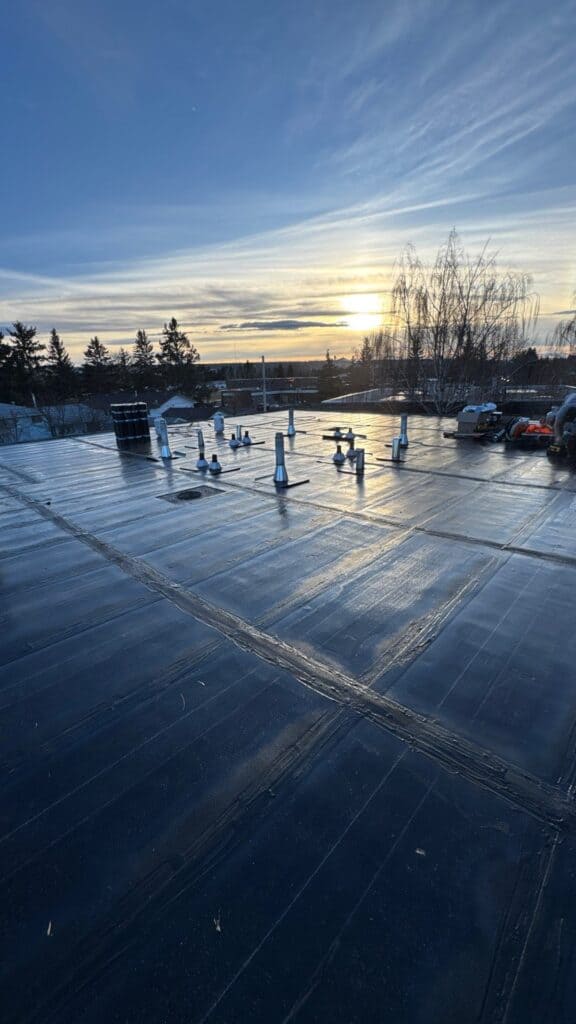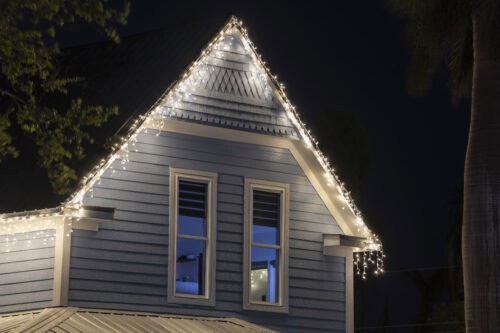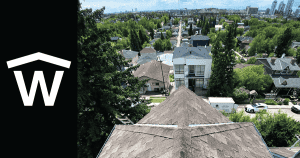At Whalley’s Four Seasons Roofing, our name says it all — we roof year-round, through Alberta’s intense sun, snow, rain, and wind. But even though we work in all four seasons, not all roofing materials perform the same way in different weather conditions. Understanding the difference between flat and asphalt roofs can help you plan your roofing project at the right time — with the right expectations.
This guide breaks down the key differences between flat and asphalt roofing installations, what weather they require, and when it makes the most sense to get the job done in Calgary’s ever-changing climate.
What’s the Difference Between Asphalt and Flat Roofs for Installation?
Not all roofs are built — or installed — the same way. Asphalt shingle roofs and flat roofing systems have different materials, techniques, and weather considerations. Understanding these differences helps determine the right time to tackle your roofing project.
Let’s start with the most common residential option: asphalt shingles.

Asphalt Shingle Roofs
Yes, we can install shingles in the winter — but that doesn’t mean we recommend it for full roof replacements only needed repairs. For the best results, wait until the weather consistently reaches at least 10°C, ideally around 15°C.
We always aim to give you a roof that lasts — not just a quick install. Even if the forecast says it’s 10°C, shaded areas or wind chill can make it less effective for sealing. That’s why we like to build in a little extra buffer — closer to 15°C is where we see the most reliable long-term performance. This is dependent on the type of shingle and manufacture, but a good rule of thumb to follow.
Manufacturer Recommendations
When reviewing manufacturer recommendations, keep in mind that they often address a range of roofing conditions and materials. Some guidelines may list lower temperature thresholds — but in our 28+ years of roofing in Calgary, we’ve found that warmer weather consistently delivers better results, especially for asphalt shingles. We’re sharing these resources for full transparency.
Euroshield Roofing: A unique case — Euroshield shingles interlock and expand less with temperature changes, making them more winter-friendly. However, winter roofing still comes with challenges (like ice, safety, and ventilation issues) that go beyond the material itself.
IKO Roofing: Offers a general overview of cold weather roofing, highlighting the challenges of installation and sealing in winter conditions.
Malarkey Roofing: Provides specific guidelines on when hand-sealing is required, particularly in temperatures below their recommended threshold.
Why It Matters
Asphalt shingles aren’t just nailed into place. The vast majority come with a self-sealing strip — a thin line of heat-activated adhesive designed to bond the shingle to the one below it once the sun hits it.
This seal:
- Prevents wind uplift
- Stops water from sneaking underneath
- Strengthens the entire roof structure
If the weather is too cold (typically below 10°C), that seal may not activate properly. While we can manually seal each tab with roofing cement or other viable products in colder temps, it adds cost and labor, and is only cost effective for small repairs.
We’re not in the business of rushing things just to get a job done — we want your roof to be solid, secure, and long-lasting. You can read about missing shingles as why proper sealant is important.
When’s the Best Time?
- Late March through early October is prime time for asphalt.
- Repairs? We can handle those year-round.
- Full replacements? Aim for warmer stretches for the best outcome.

Flat Roofs
Flat roofing systems — like torch-on membranes or cold-applied solutions — are a different story. These systems are designed to be installed in a wider range of temperatures, making them more suitable for winter work.
As long as:
- The surface is dry
- The weather is manageable
- Proper safety and prep work are done
we can install flat roofs even during colder months. This is especially important for commercial roofs, garages, or additions that can’t wait for spring.
So What Does ‘Four Seasons Roofing’ Really Mean?
It means we’re here for you all year long — but we also know how to adapt.
- Spring (typically late March to early April) is ideal for asphalt installs as sealing happens naturally.
- Summer allows for high efficiency and fast drying, but extreme heat can require extra care.
- Fall (often until mid-October, weather permitting) is the tail-end of prime season — perfect for last-minute projects before winter hits.
- Winter is for flat roofing and emergency asphalt repairs. With extra precautions, we can make it work.
We’ll always guide you toward the right solution based on weather, material, urgency, and long-term performance — not just what fits the schedule.
Beat the Roof and Weather Rush
If it’s late March or early April, it’s a great time to get ahead of the summer rush. Booking early gives you more flexibility and ensures you’re at the front of the line when temperatures hit that sweet spot. Even if it’s not quite warm enough to install yet, we can get your inspection done now and have everything lined up for when the weather allows.
And if you’re reading this in mid-October, it’s your last chance to fit in a full replacement before colder weather sets in. Don’t get caught waiting until spring — we’ll help you make the right call based on this year’s conditions.
Still weighing your options? You might enjoy our seasonal deep dive: Decoding the Best Season for Roof Replacement in Calgary


